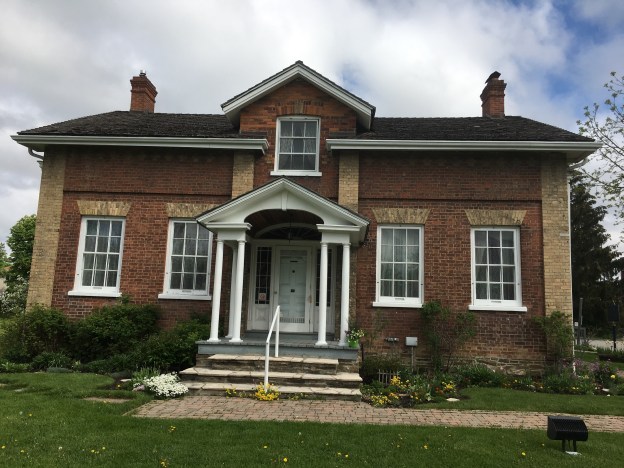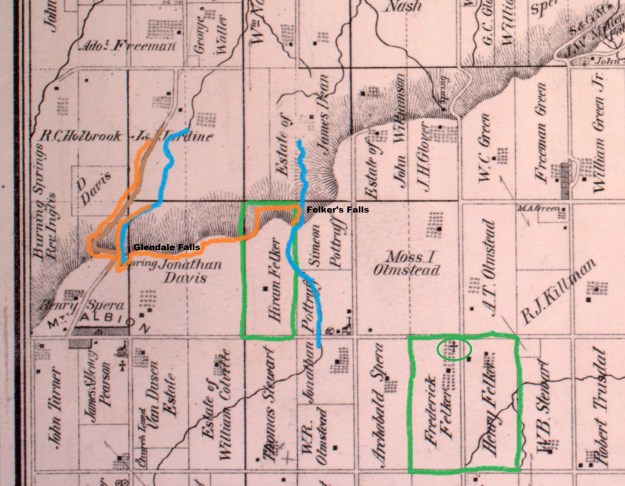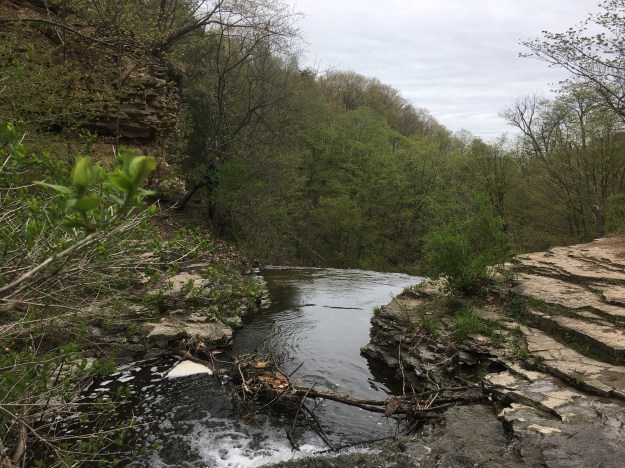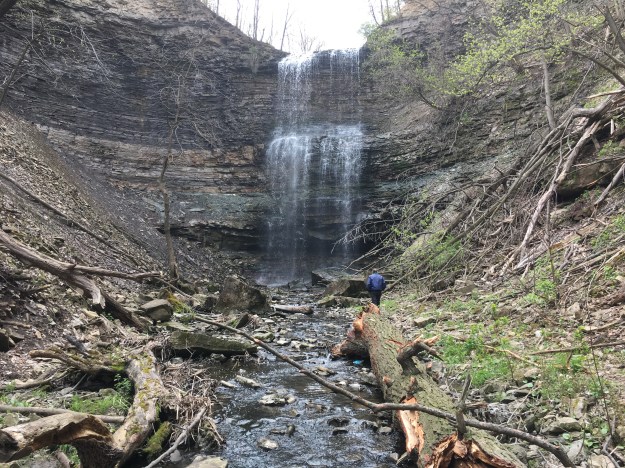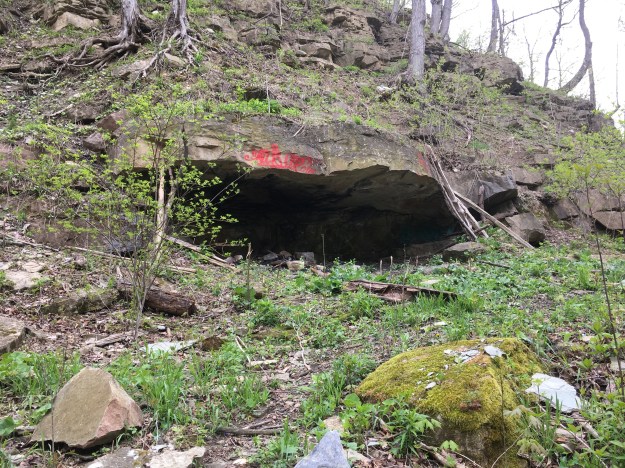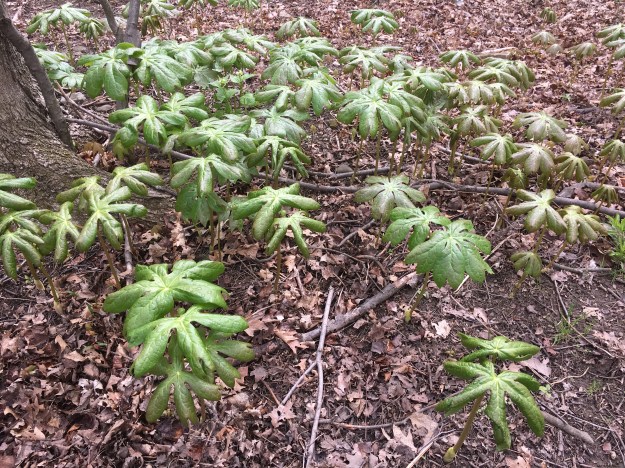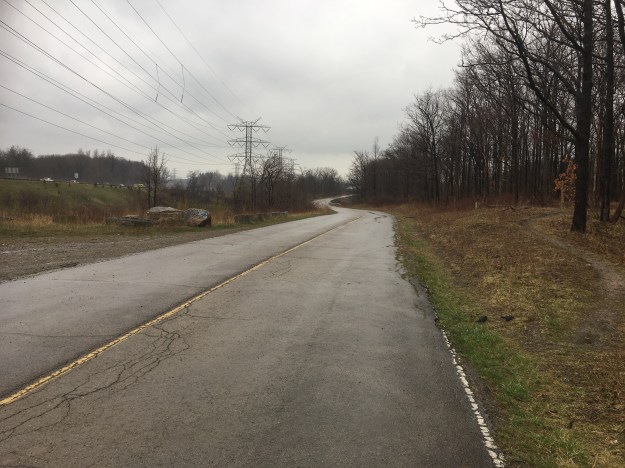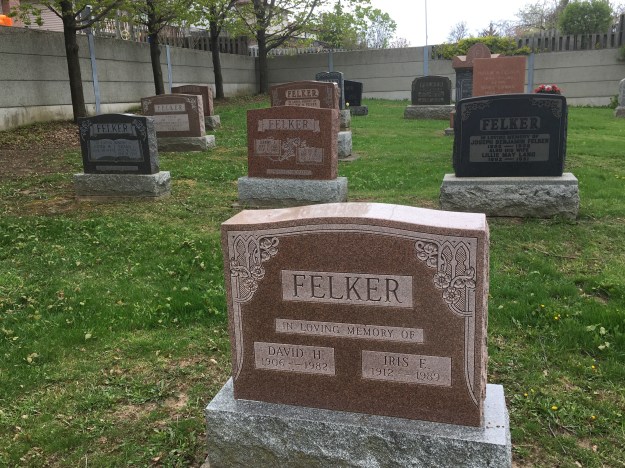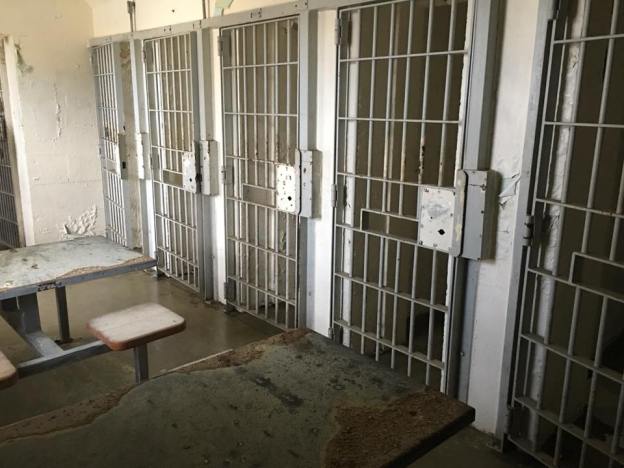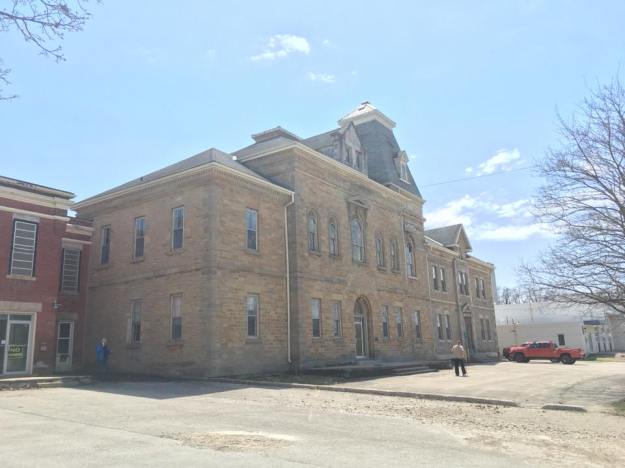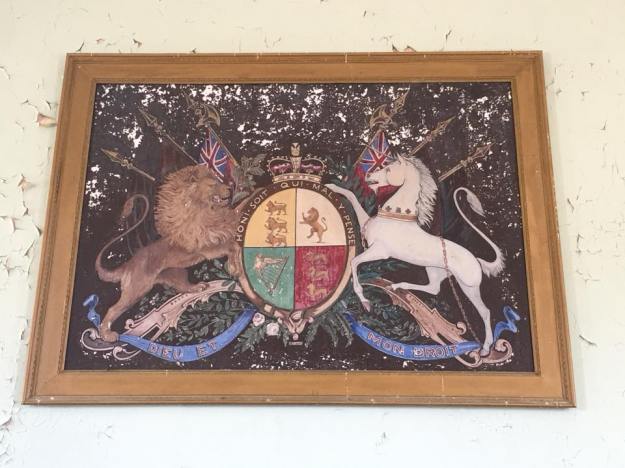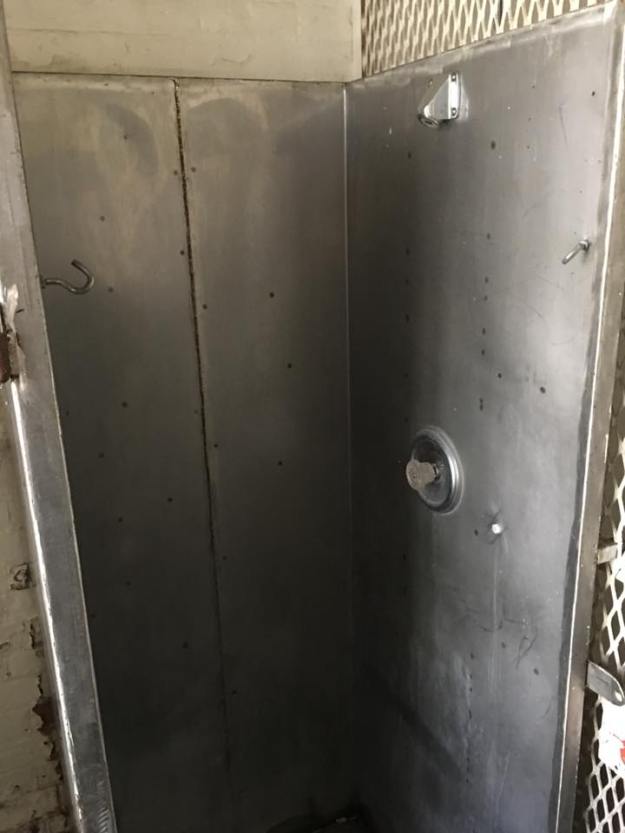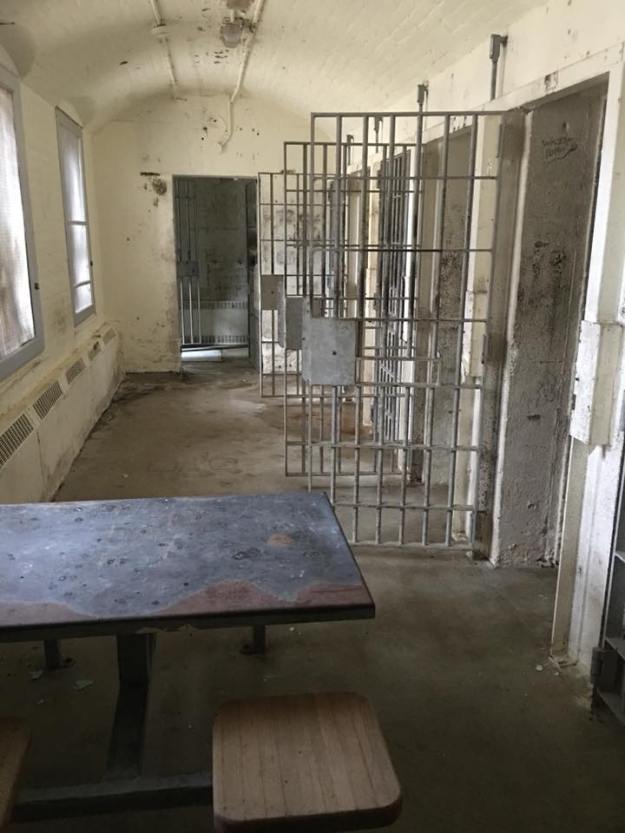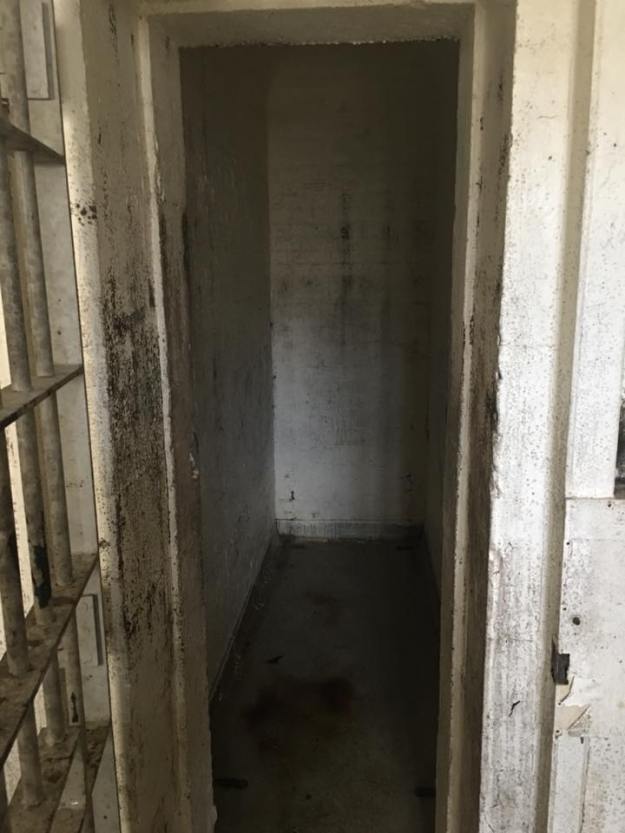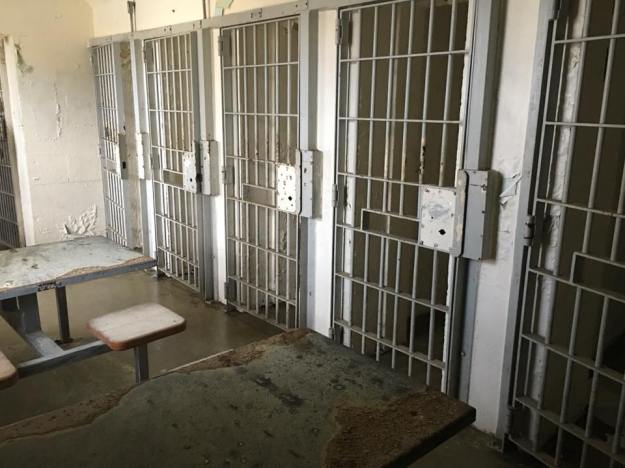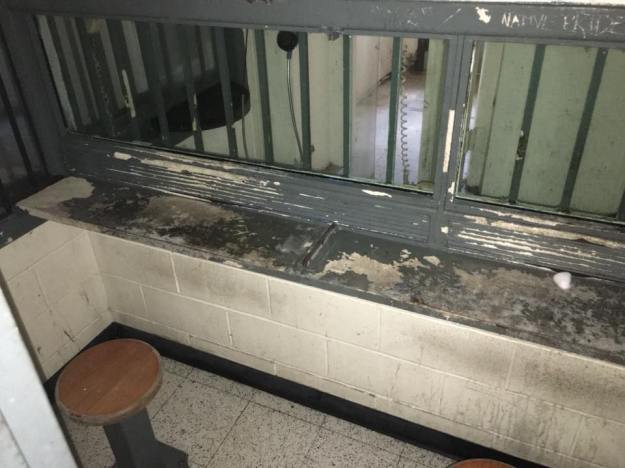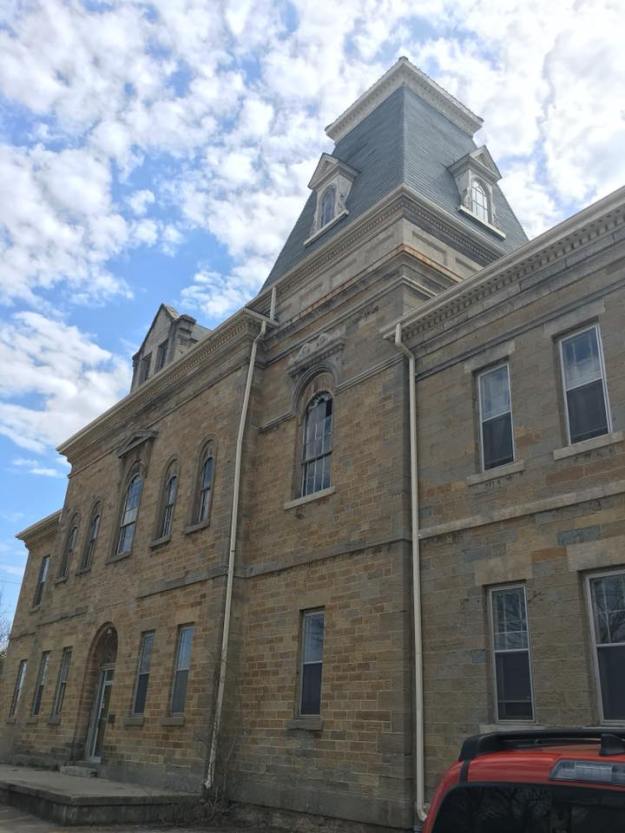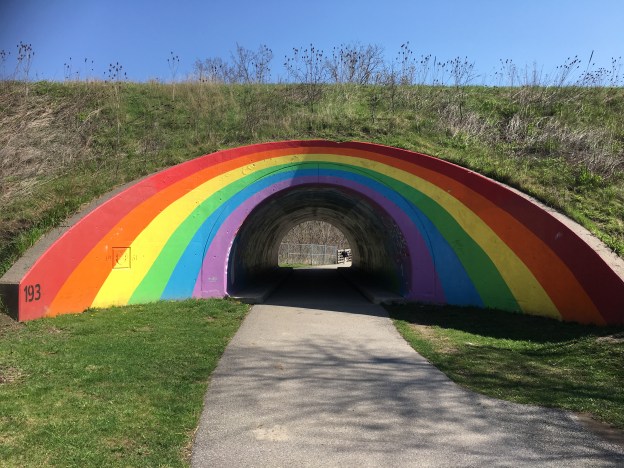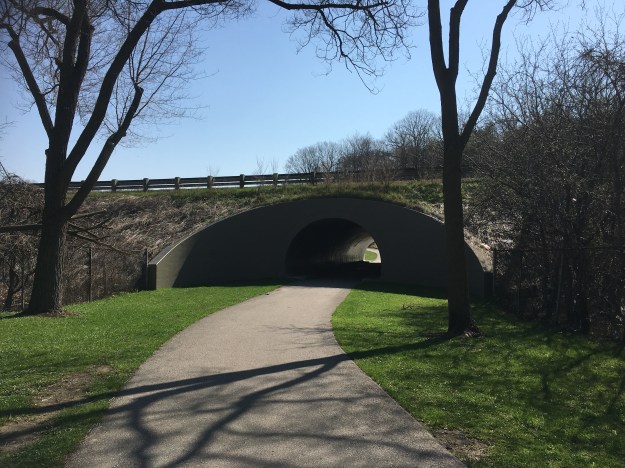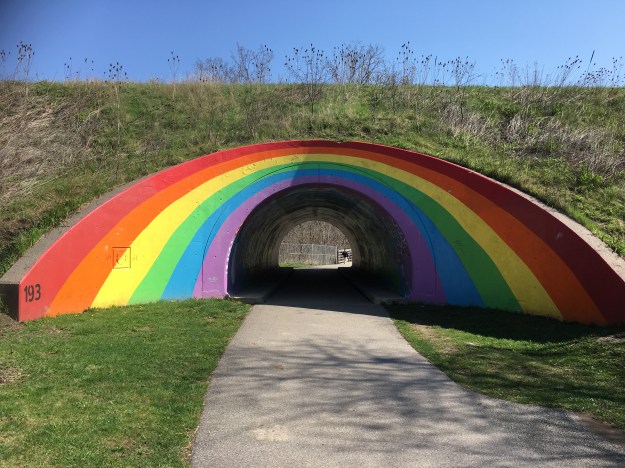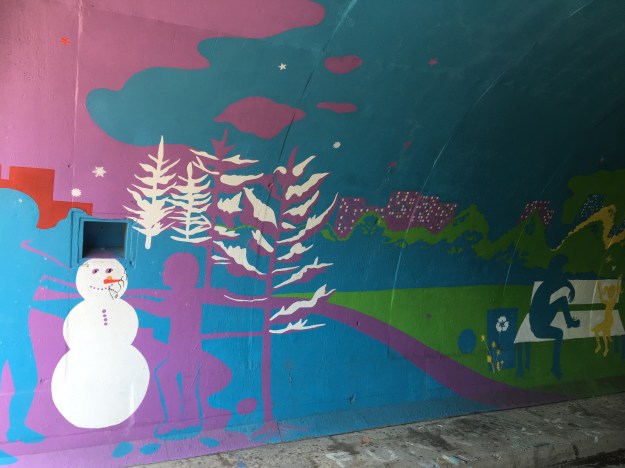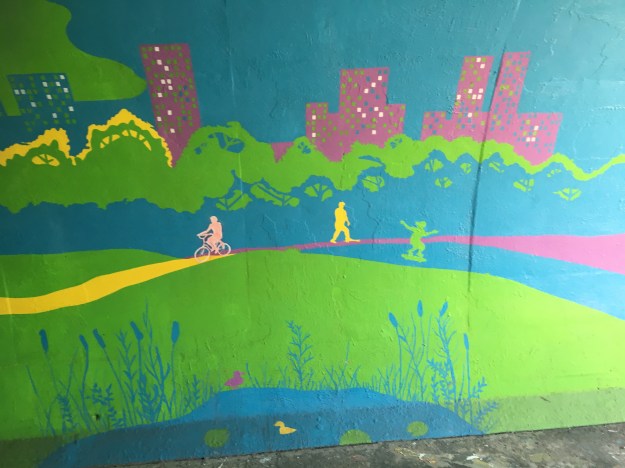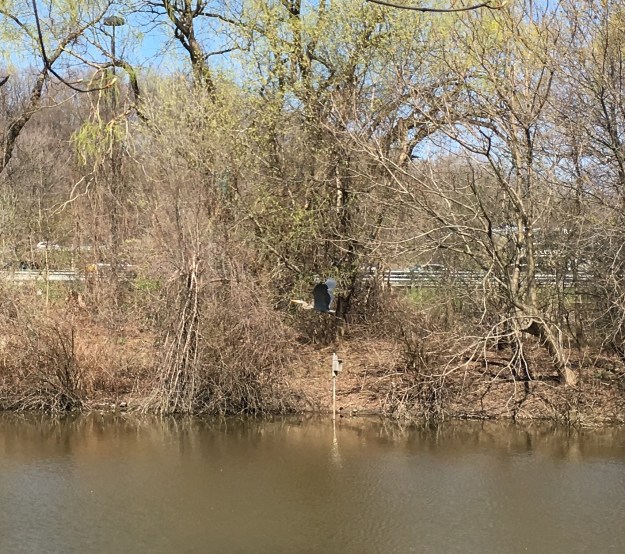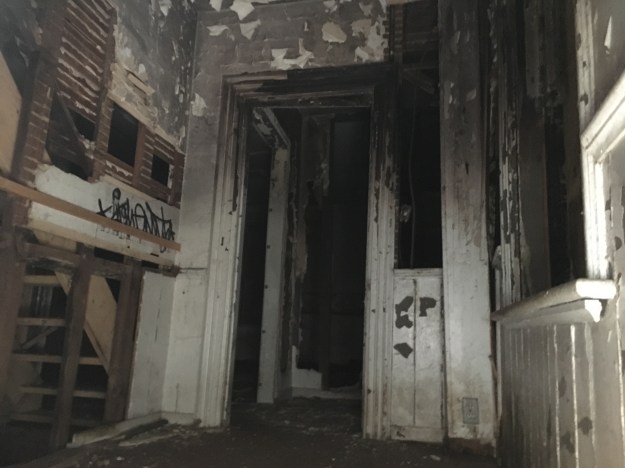Monday, May 21, 2018
Today most people know of Burnhamthorpe Road which, along with Highway 10 forms one of the main intersections in Mississauga. A hundred and fifty years ago Burnhamthorpe was the name of a small farming community at the intersection of today’s Dixie Road and Burnhamthorpe Road. The village was originally called Sand Hill or Sandy Hill but this was easily confused with another community nearby. John Abelson had come from Burnham Thorpe in England and he was instrumental in changing the name . It roughly translates as Stone Hearth.
The old community has been over run by the city and not much is left. Known as the Moore-Stanfield house, this is the only farm house that remains in its original position. Samuel Moore built the house in 1882 on his 200 acre land grant. The house and part of the property was later sold to Joseph Stanfield who was Moore’s brother in law. In 1897 Fred Gill rented the house for $10 per month and used the front as a store and post office. This lasted until 1912 when the house was returned to residential uses.
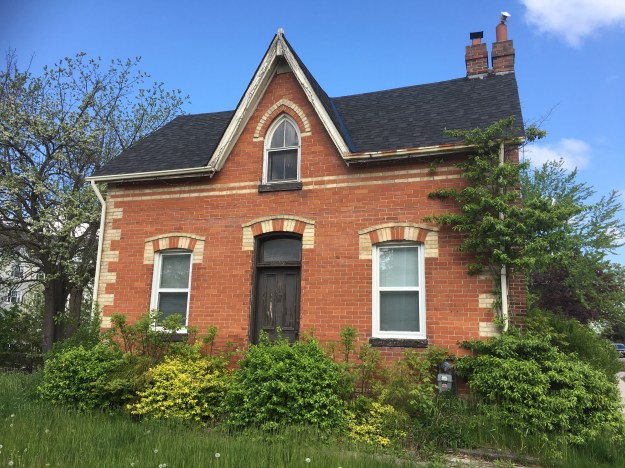
Behind the house is an old field-stone building that dates to the pioneer days of the village. This may have been an earlier home on the property or perhaps a work shed.
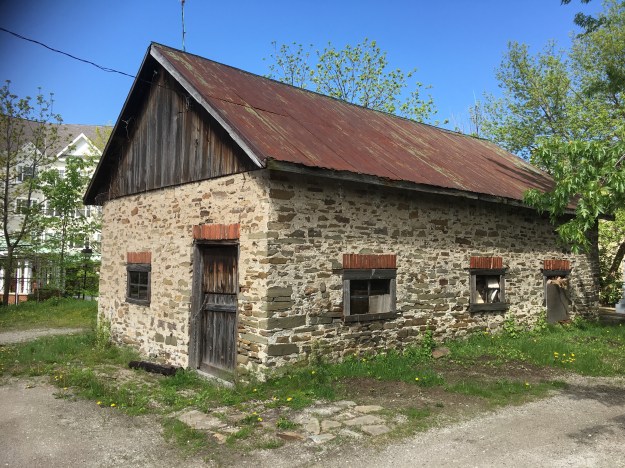
Another board and batten building is attached to the rear of the house and it has an interesting cupola.

The village had a short business section that included a Sons of Temperance Hall, an Orange Lodge and later, a steam grist mill. Several tradesmen called the town home and it eventually had a dance hall that attracted people from nearby villages.

In 1912 Fred Gill moved into two houses on the south east corner and opened Burnhamthorpe’s third store complete with post office. It was run successfully by his son George under the name Gill’s Groceteria. It finally closed in 1973 and today has been removed.

Burnhamthorpe was a Methodist village with the first two buildings standing beside the pioneer cemetery on the south west corner. In 1874 land was purchased on the north west corner to build a new church. The name was changed to the United Church of Canada in 1925 from Burnhamthorpe Methodist Church . The church closed in 1978 after 104 years of service . The building was given an historic designation in 2013 and currently is used by St Apostle Andrew Romanian Orthodox Church.

Applewood was home to the Wordsworth-Shaver house which was relocated to Broadacres Park in 1980. James Shaver Wordsworth was born here in 1874. Wordsworth fought for political reforms including old age pensions, unemployment insurance and other social security measures. In 1932 he became the founder of the Co-operative Commonwealth Federation which he led until 1940. In 1961 the party became the New Democratic Party.

The archive photo below shows the village wagon maker’s shop. The population of Burnhamthorpe reached a peak of about 100 in the 1870’s.
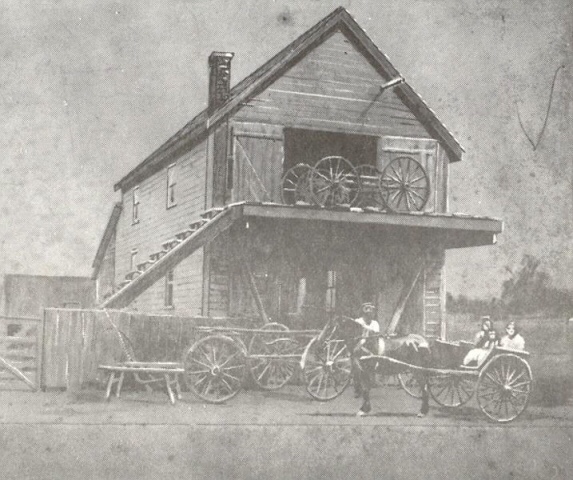
The village cemetery was laid out on the corner of the property belonging to Abram Markle. Just short of an acre of land was deeded to a group of trustees for the building of a Methodist Episcopal Church. The church would include the allocation of ground to be used as a cemetery. A school was built on the land just west of the cemetery (where the Burnhamthorpe library is today). The cemetery was public until 1859 when it was given to the Primitive Methodist Church. This congregation built the 1874 church we saw earlier. Many of the pioneers of the village are buried in this cemetery.

George Savage came to Canada in 1830 from Yorkshire. He was a blacksmith by trade and soon took up residence in Burnhamthorpe. Serving the village as blacksmith he also sat on the town council. George held the position of postmaster for many years and had a locally famous apiary. George and Sarah Savage are two of the early burials in the Burnhamthorpe cemetery.
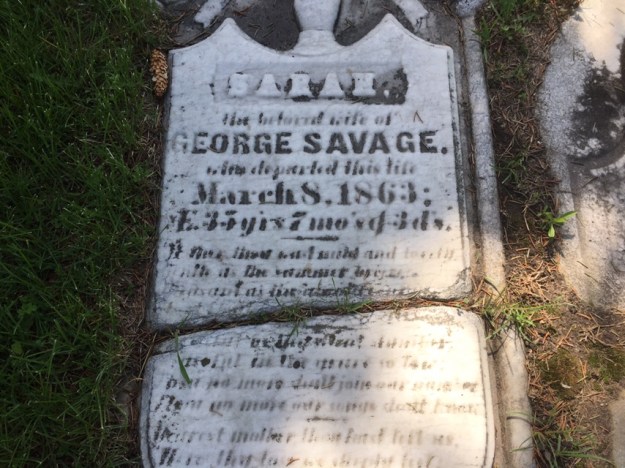
Google Maps link: Burnhamthorpe
Like us at http://www.facebook.com/hikingthegta
Follow us at http://www.hikingthegta.com
